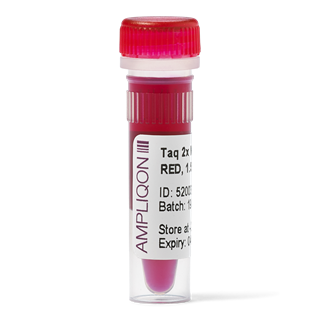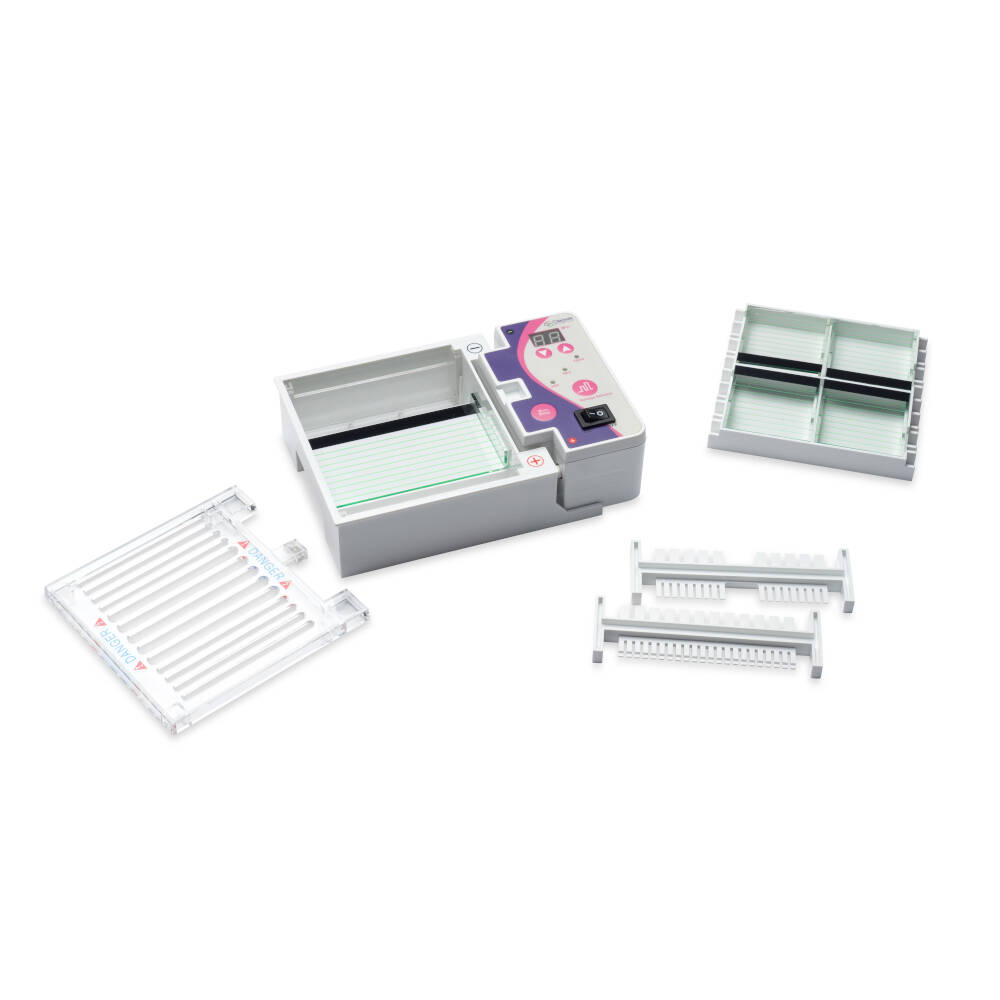- Empty cart.
- Continue Shopping
4x GC Buffer I & 4x GC Buffer II
This product is currently out of stock and unavailable.
Delivery date subjected to stock availability.
Kindly contact us to confirm stock available before placing the order.
4x GC Buffer I and 4x GC Buffer II is developed to promote excellent amplification in combination with TEMPase Hot Start DNA Polymerase of targets with varying degrees of GC content.
FEATURES
- Promotes amplification of GC-rich DNA
- 4x PCR buffer
- Promotes diminished formation of non-specific PCR products
DESCRIPTION
Ammonium Buffer is often sufficient to promote amplification on most DNA targets. If Ammonium Buffer fails to promote amplification on GC-rich or difficult DNA templates we recommend to change to GC Buffer I in combination with TEMPase Hot Start DNA Polymerase. If your amplification is still not acceptable, then switch to 4x GC Buffer II.
TIP – WHEN TO CHOOSE SPECIALISED GC BUFFERS
If your PCR fails with TEMPase Hot Start Polymerase in combination with Ammonium Buffer, we kindly recommend you to try TEMPase Hot Start DNA Polymerase in combination with GC Buffer I. If your amplification is still not satisfactory, then switch to GC Buffer II.
To save time both GC buffers can be tested at the same time.
TIP – CHOOSE THE RIGHT BUFFER
10x Ammonium Buffer is recommended for most PCR applications. It results in high yield of PCR products and minimises the need for optimisation of Mg2+ concentrations or the annealing temperatures.
Mg2+ free buffer is recommended if you need to optimise Mg2+ concentrations in your PCR set-up, especially if your application requires Mg2+ concentration lower than 1.5 mM.
Detergent free buffers are recommended for automation and downstream applications involving fluorescent spectrometry.
OPTIMISATION OF GC-RICH DNA AMPLIFICATION


























